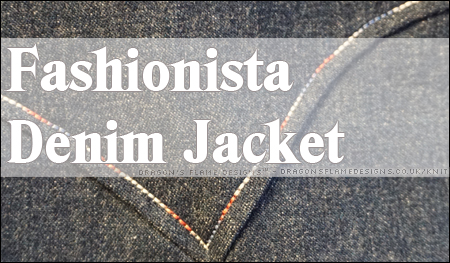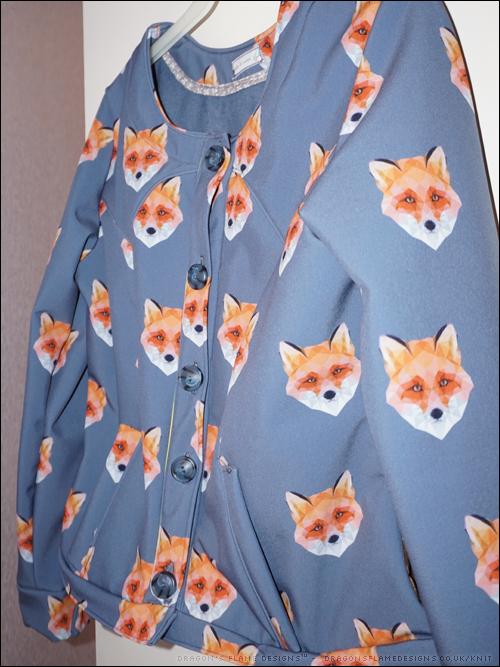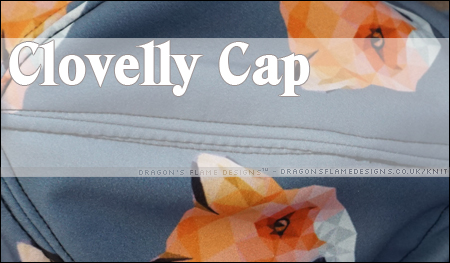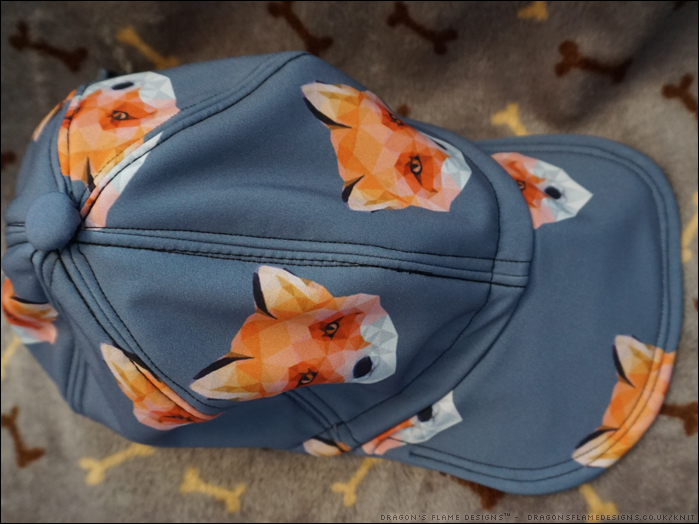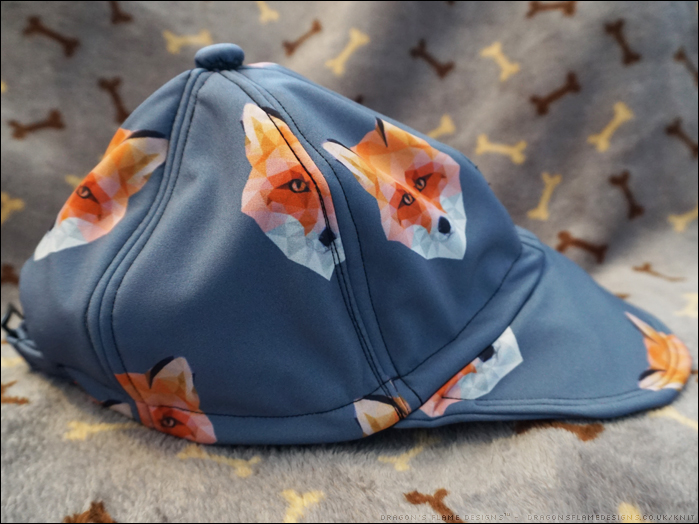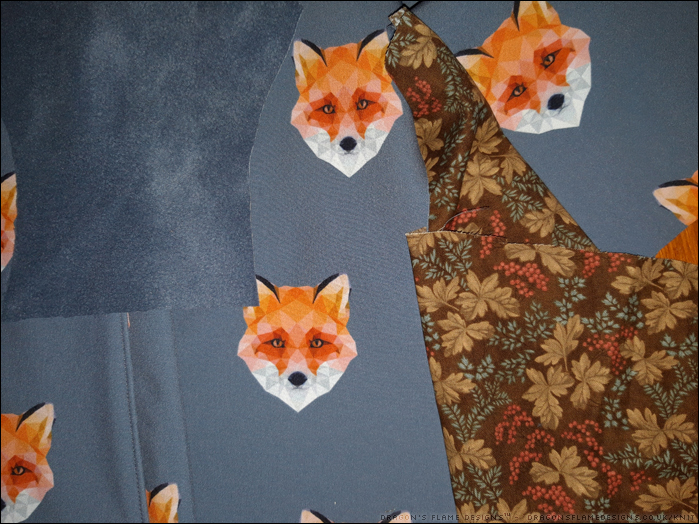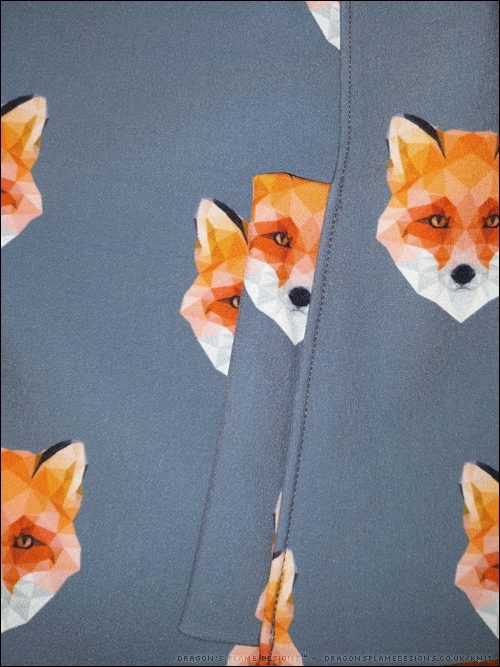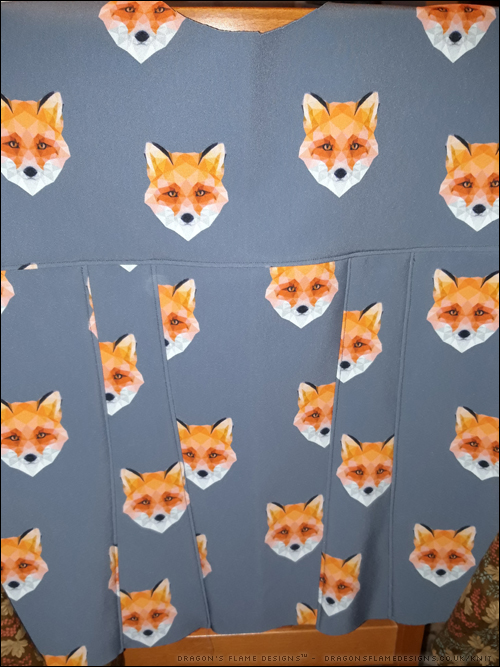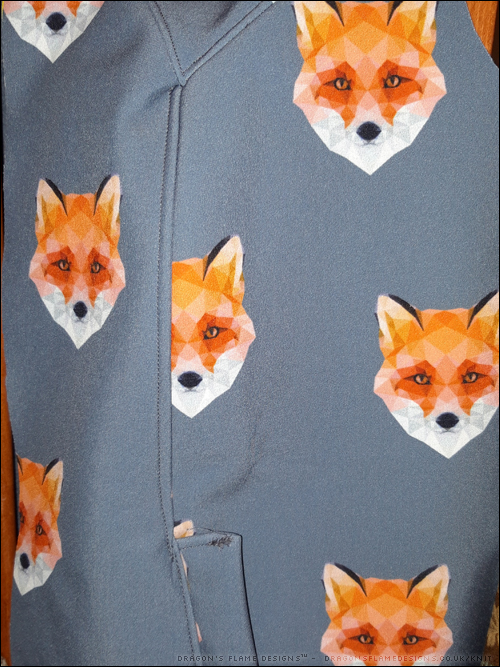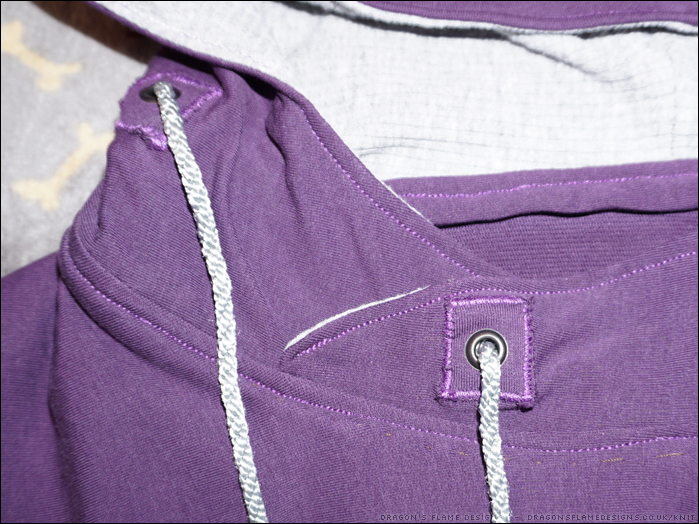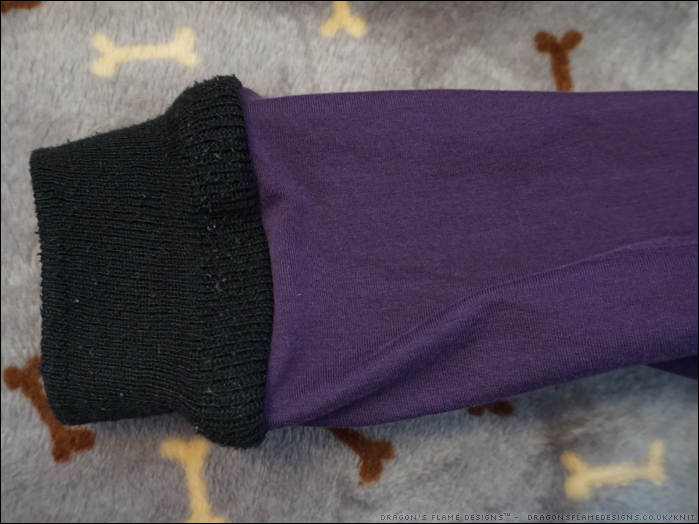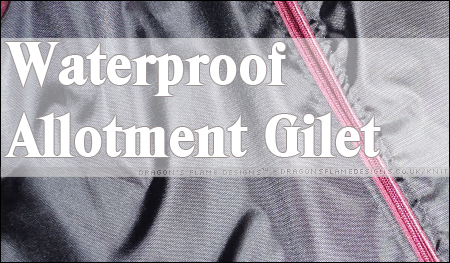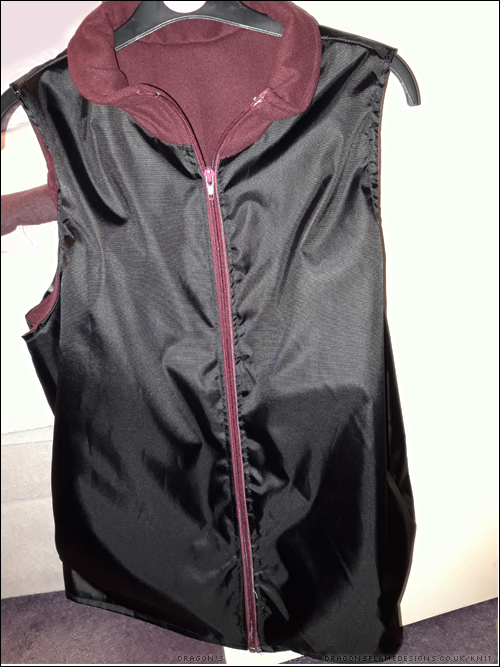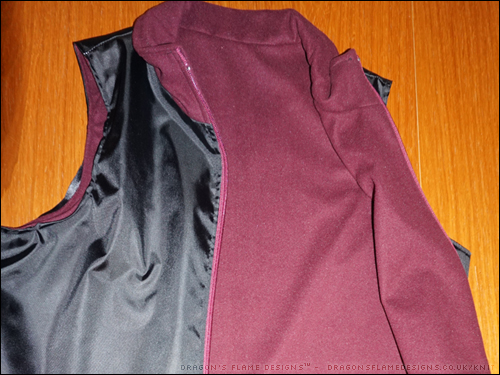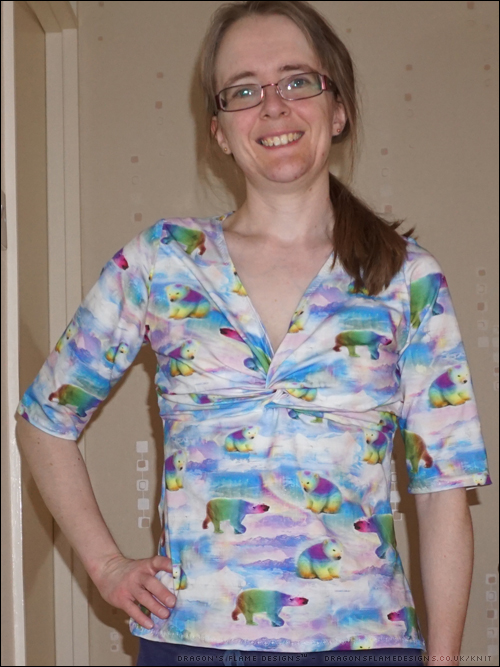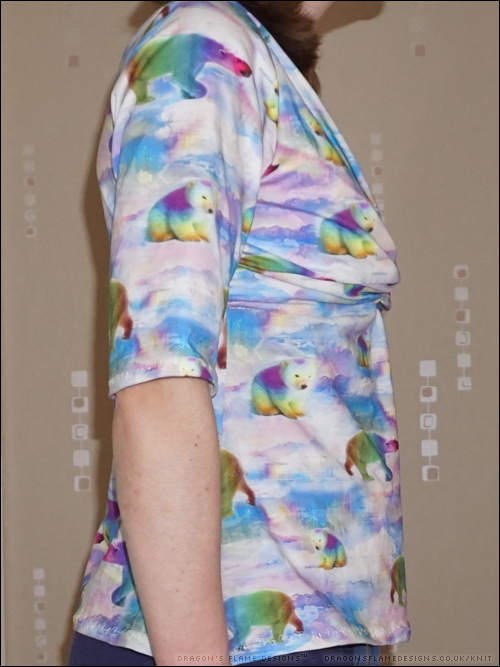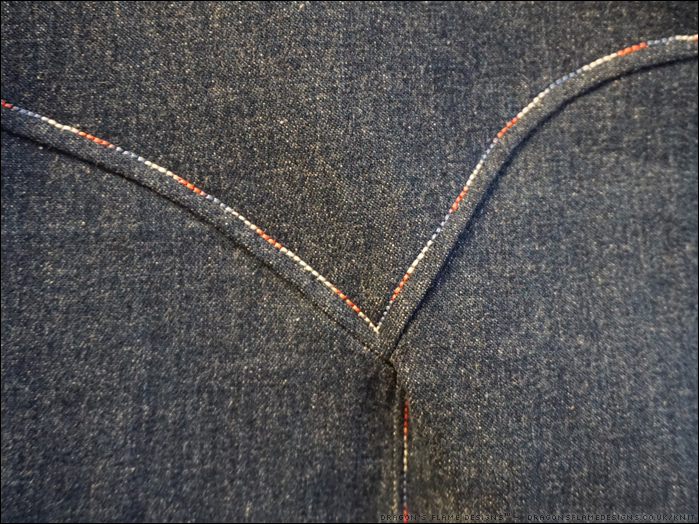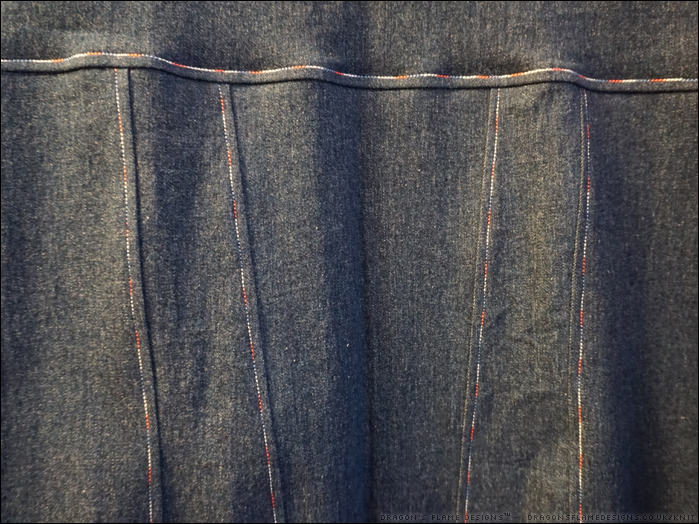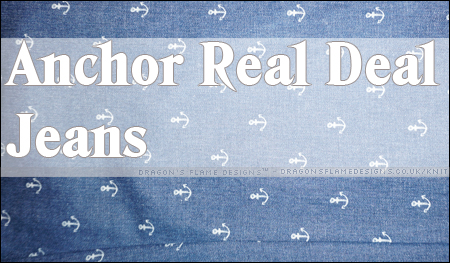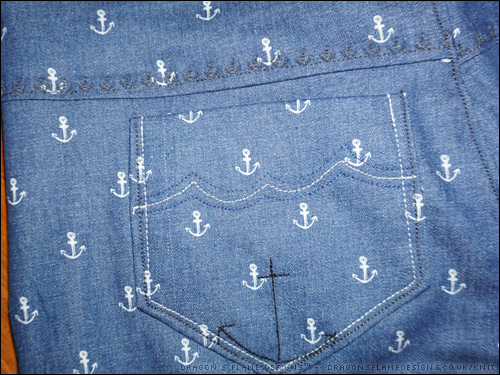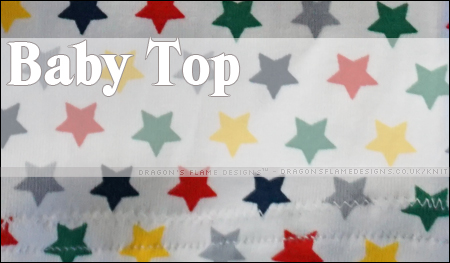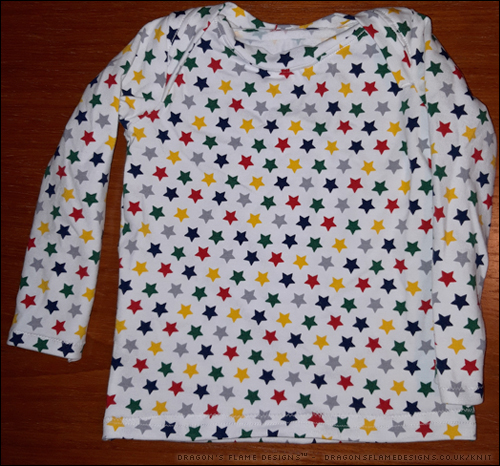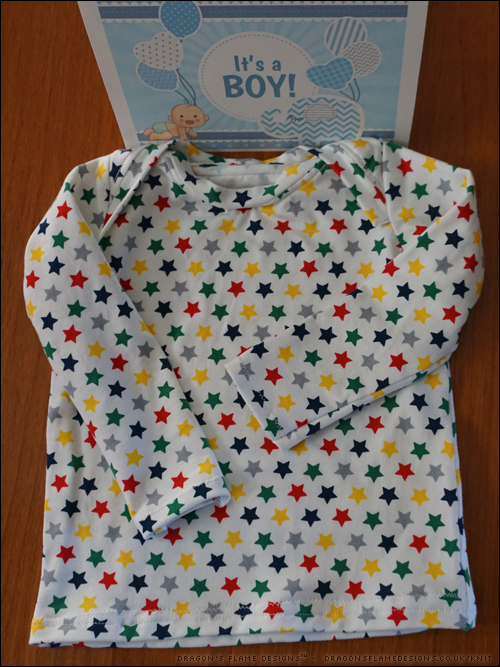It’s taken a while, plus some unpicking when I accidentally stitched the sleeve to the neckline… (yeah, don’t ask how I managed that!) but my denim Fashionista* is looking less like a pile of pieces, and a lot more like a jacket now!

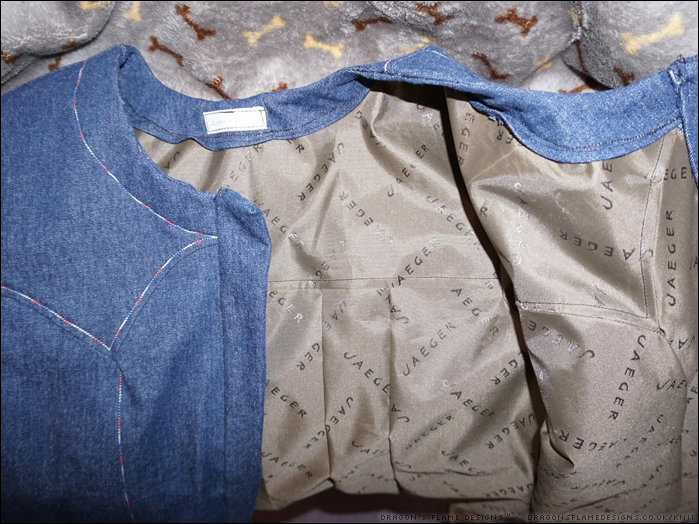
The lining was where I came unstuck when I shelved this project last month, but I decided I ought to just get on and try it again. I didn’t unpick the seam where it caught up, but to be honest I don’t think you’d know now it’s all sewn together!
I hadn’t expected to find branded lining fabric, but when I came across this Jaeger lining, I knew it would work really well for a jacket lining. It does make the jacket a lot more structured – the jacket looks like it’s still being worn when it’s on a hanger!
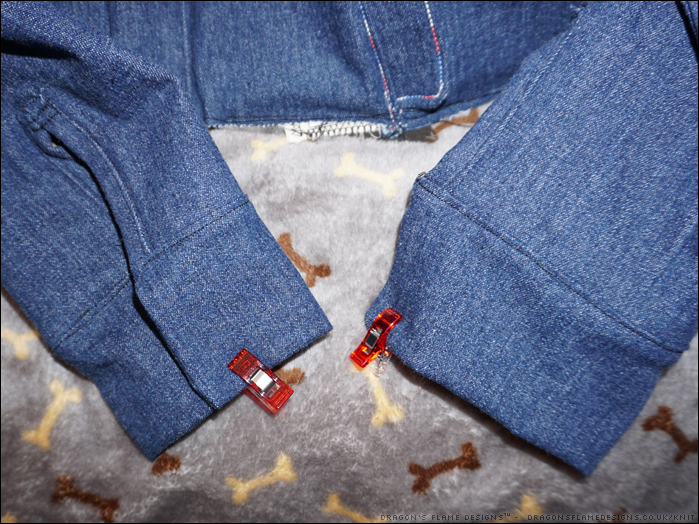
The sleeves need a little hand stitching just to catch the lining into the side of the placket, but other than that they were sewn exactly as the pattern suggested. Eventually the cuffs will have buttonholes and denim buttons, but I want to test using my Prym pliers to attach the buttons as I think that might work a lot better than hammering them.
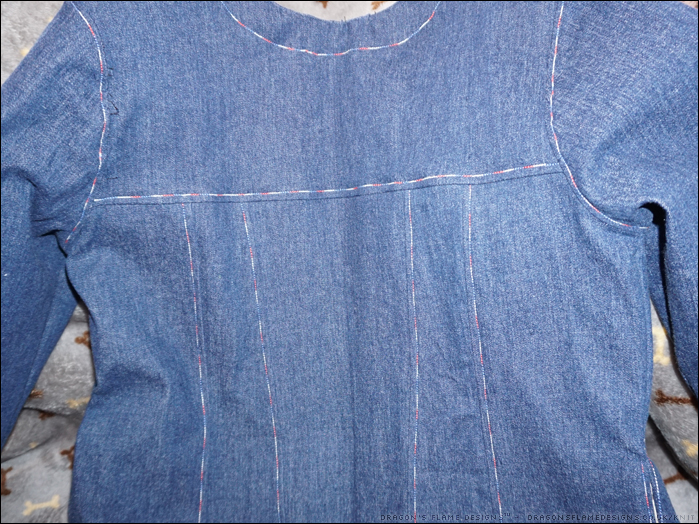
I decided to stay with just one line of topstitching but deviated from the pattern to top stitch the sleeve seam as well. I thought that would help to strengthen the seam after I had to unpick it.

Although the jacket looks mostly finished, as you can see by this photo, I still have the waistband to attach, and the buttons to add. As with my Showerproof Fashionista, I chose to sew the facing as you would normally expect, rather than adding it like bias binding as the pattern suggests. That was I was able to use my ‘take it easy’ ribbon piece on the back as a label.
Starting the Denim Fashionista – Part way through the Denim Fashionista (this post) – Finished Denim Fashionista
* – affiliate link
Pattern: Fashionista * by WinterWear Designs*
Fabric:
Denim and topstitching thread from Sewing Studio
Lining fabric from Minerva Crafts

